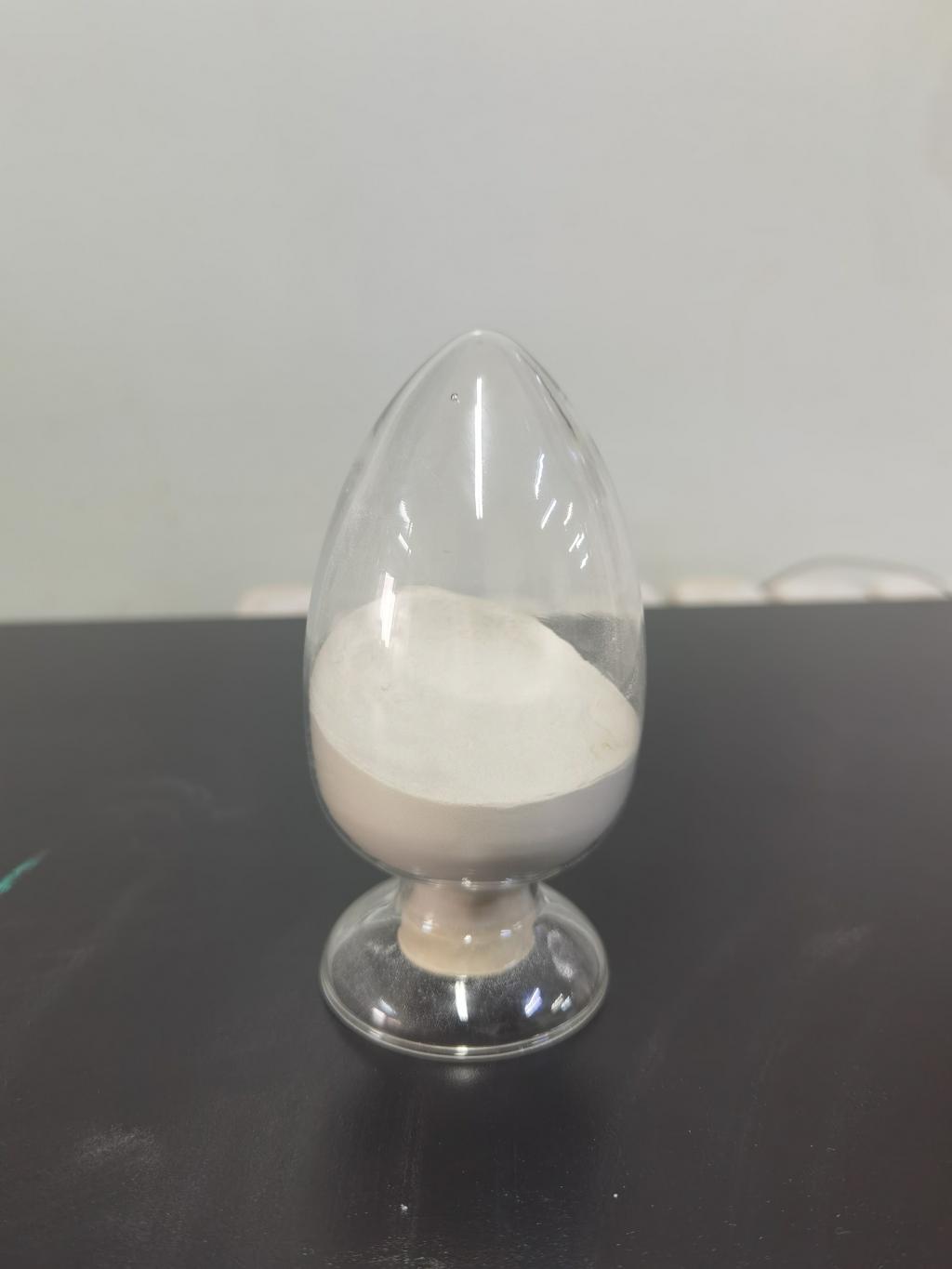Tel:+8618231198596

News
 CONTACT
CONTACT
 CONTACT
CONTACT
- Linkman:Linda Yao
- Tel: +8618231198596
- Email:linda.yao@dcpharma.cn
- Linkman:CHARLES.WANG
- Department:Overseas
- Tel: 0086 0311-85537378 0086 0311-85539701
News
Nisin's Global Reach: Adaptation and Integration in Diverse Cuisines
TIME:2023-12-20
I. The Origins of Nisin:
Nisin was first identified in the early 20th century as a heat-stable substance produced by Lactococcus lactis, a bacterium commonly used in the fermentation of dairy products. Its primary function was to inhibit the growth of competing bacteria, making it an ideal preservative in cheese production. The discovery marked the beginning of nisin's journey from a niche antimicrobial agent to a global player in the food industry.
II. Nisin's Mechanism of Action:
Understanding nisin's mechanism of action is crucial to appreciating its versatility in various cuisines. Nisin acts by disrupting the cell membranes of susceptible bacteria, leading to their death. This unique mode of action makes it effective against a broad spectrum of bacteria, including many that cause food spoilage and foodborne illnesses.
III. Nisin in Traditional Cuisines:
European Cuisine:
Cheese Production: Nisin's origins lie in cheese production in Europe, where it was first discovered. Today, it continues to be a key component in the preservation of various types of cheese, contributing to the characteristic flavors and textures of European cheeses.
Processed Meats: European cuisines, particularly those in Mediterranean regions, have incorporated nisin into processed meats. The peptide's ability to extend the shelf life of cured meats has led to its adoption in traditional sausages and cured hams.
Asian Cuisine:
Fermented Foods: Nisin has found a natural place in Asian cuisines known for their rich tradition of fermented foods. In Japan, for example, nisin is used in the production of traditional fermented soy products like miso and soy sauce.
Pickled Vegetables: In various Asian countries, pickled vegetables are a staple in many dishes. Nisin's role in preventing spoilage has made it a valuable addition to the pickling process, ensuring that these preserved vegetables remain safe for consumption.
IV. Nisin in Modern Culinary Applications:
Processed Foods:
Ready-to-Eat Meals: With the growing demand for convenient, ready-to-eat meals, nisin has become a key ingredient in many processed foods. Its ability to enhance shelf life without compromising the quality of the food makes it a popular choice in modern food production.
Snack Foods: Nisin's application extends to snack foods, such as chips and crackers, where it helps maintain freshness and quality during storage.
Health and Wellness Trends:
Clean Label Products: As consumers become more conscious of the ingredients in their food, nisin's natural origin and minimal impact on the sensory properties of food make it an attractive option for clean label products.
Preservation without Chemical Additives: Nisin's role as a natural preservative aligns with the increasing demand for food preservation methods that do not rely on synthetic chemicals, appealing to health-conscious consumers.
V. Challenges and Future Prospects:
While nisin has achieved remarkable success in adapting to and integrating into diverse cuisines, challenges remain. Some consumers and regulatory bodies express concerns about the widespread use of antimicrobial agents. Striking a balance between the benefits of nisin and addressing these concerns will be crucial for its continued global acceptance.
In the future, research and development efforts may focus on optimizing nisin production methods, exploring new applications, and addressing any potential resistance issues. As the global food industry continues to evolve, nisin is likely to play an integral role in shaping the future of food preservation and safety.
Conclusion:
Nisin's journey from its discovery in European cheese to its integration into diverse global cuisines showcases its adaptability and effectiveness as a natural preservative. Its mechanism of action, versatility, and ability to align with modern culinary trends position it as a key player in the ever-changing landscape of the food industry. As consumers seek healthier and more sustainable food options, nisin's natural origins and preservation capabilities make it a valuable ingredient in the quest for safer and longer-lasting food products.
- Tel:+8618231198596
- Whatsapp:18231198596
- Chat With Skype







